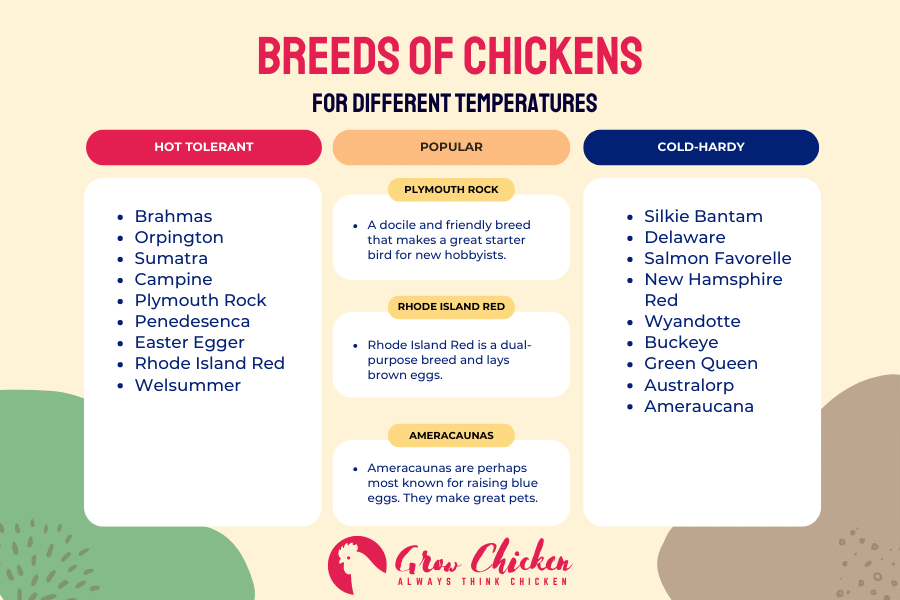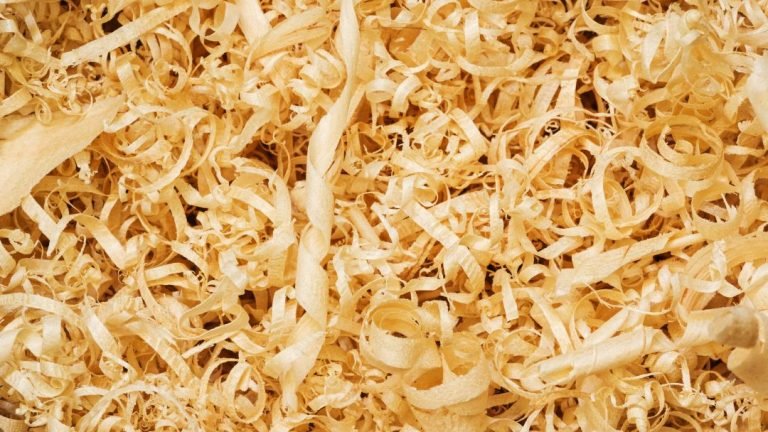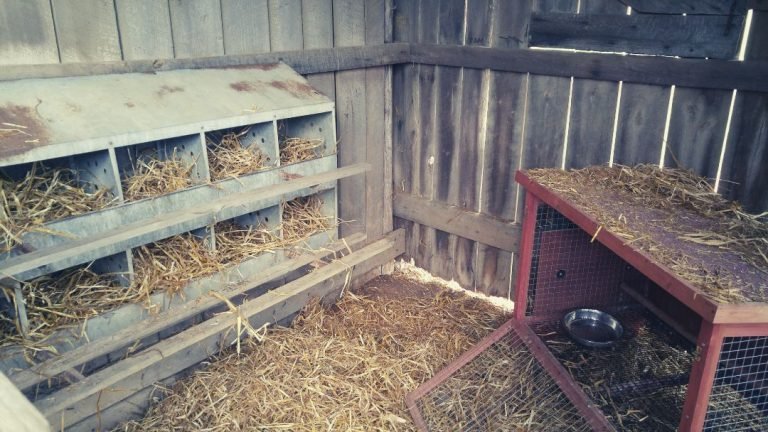Does your living location have too much cold during the winter season? You might be wondering whether to install insulation for your flock coop, right? But does the chicken coop need to be insulated?
The amount of insulation chickens need depends on their enduring capabilities and the temperature. Cold-hardy breeds don’t need as much insulation as hot-tolerant flocks. But, ensuring the basic level of insulation is crucial if the climate is icy.
We have talked in detail about different breeds of chickens in our ultimate guide to grow chickens.
Does Chicken Coop Need to Be Insulated?
It depends on the breed type and climate conditions. For example, cold hardy chickens can survive even in below-freezing temperatures.
Their enduring capabilities range from 32 degrees Fahrenheit to about 10 degrees Fahrenheit.
They will come close to each other inside the nesting boxes and try to warm themselves. However, these birds are still comfortable in little warmer temperatures.
But hot-tolerant flocks usually prefer 70 to 75 degrees Fahrenheit.
If the temperature comes close to 20 or 30 degrees below zero, you want to add insulation.
Otherwise, they will feel sick if the frigid weather continues for a long time.

What to Use for Insulating a Chicken Coop?
A lot of options are available to insulate a flock house. But, choosing a particular option requires you to consider availability, budget, flock wall type, and effectiveness.
Fitting Sheets of Insulation
If you have a reasonable budget, use rigid foam sheathing to add better insulation.
Each sheet will cost around $15 to $18, depending on your location.
The main advantage of this type of fitting sheet is its improved insulation per inch.
They offer decent thermal resistance. More importantly, this type of insulation is impervious to water.
You can effortlessly cut and install them on both left and right walls.
Spray Foam Insulation
If you don’t mind spending extra, Spray foam insulation is the best choice.
It creates more rigid air seals to ensure a fully dry and warm environment.
This effective insulation material is perfect for sealing significant gaps. You can install them even in challenging spots.
But remember that professional installation service is a must to avoid. They will ensure your flocks get a sufficient amount of fresh air.
The lower section of the coop wall must have denser spray foam to prevent chickens from pecking on it and damaging it.
Styrofoam Insulation
Another great option is Styrofoam. It has reduced thermal conductivity.
This effective insulator traps warm air and avoids heat loss significantly.
The overall R-value per inch of Styrofoam is better than many cheap options.
But why should you choose it, right? The main advantage of this insulator is its affordable price and long-lasting durability.
A Few Layers of Cardboard
If you prefer a cheaper insulation option, use a few layers of cardboard.
They are easy to get and install. But this insulator is only effective if your chicken coop needs some insulation.
Don’t expect it to provide an extreme level of insulation.
Nest boxes are the most common areas to use cardboard. Attach them to the wall appropriately.
Otherwise, flocks will start pecking at cardboard and eat them.

How to Insulate the Floor of a Chicken Coop?
Apart from the side walls, a chicken coop ground needs insulation.
Chickens’ feet are prone to frostbite issues. It mainly happens due to immense exposure to freezing temperatures.
A wide range of options is available to use on the coop floor. Effectiveness usually depends on the climate condition and floor type.
Wood Shavings
One of the most common options is wood shavings. They are simple to use, affordable, and highly absorbent.
Wood chips decrease odors and ammonia from the surrounding environment of the chicken coop.
This option is suitable for normal winter conditions. It is not that effective for freezing climates.
Their R-Value is lower, around R-1.4 per inch.
The insulation value seems poor too. It is not enough to support during the freezing temperature.
Thick Layer of Straw
Straw comes in handy to maintain a dry environment. It is relatively cheaper and readily available.
This incredibly natural absorbent bedding has ample air pockets to prevent heat transformation.
It is made from eco-friendly renewable material to cause no harm to the environment.
Straw bales have a decent insulating value to offer better thermal conductivity. They have approximately an R-2 value per inch.
But make sure to replace the bedding during winter if rain occurs regularly. You may need to change the straw twice per week.
Deep Litter Method
The deep litter method is one of the best choices if you want to create solid insulated bedding. It is pocket-friendly and healthy.
You usually add a fresh, thick layer of bedding between your chicken feet and the coop ground.
The interval of adding a new layer can be once or twice a week.
It usually depends on the number of flocks in the chicken coop. More birds mean more frequent inclusion of fresh bedding.
The deep litter method is also effective in protecting chickens from coccidiosis, mites, lice, etc.
But once winter passes, cleaning all the bedding from the scratches will be challenging. Prepare yourself to handle this mess too.
Should You Use Heaters To Warm The Chicken Coop?
Usually, chickens don’t need heaters as they release too much that flocks can’t tolerate.
Plus, it can lead to accidental hazardous issues if not careful.
Avoid using any heat lamps or brooders. Some of them even release toxic gases that are harmful to birds. Unless the weather conditions are that bad and you need to use them.
But you can use radiant heaters to create a comfortable and warm environment for chickens. They are safe too.
Make sure to choose a product within 130-150 watts. Also, don’t keep the heater too close.
Final Words
Still wondering: Does the chicken coop need to be insulated? Natural insulation options are better than artificial ones. They are eco-friendly, safe, and affordable.
However, these insulators require regular changes to sustain their effectiveness. Make sure to use separate insulation for coop walls and ground.
If you fail to maintain a temperature of 70-75 degrees Fahrenheit, use a radiant heater with lower wattage power. Make sure to track its performance carefully to create an optimal warm environment for your chickens.







